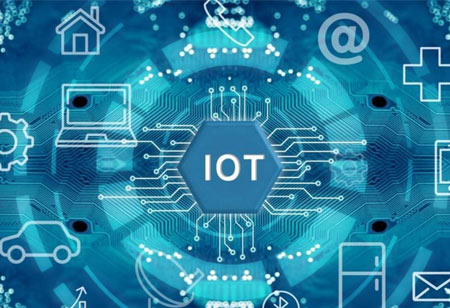THANK YOU FOR SUBSCRIBING
Why IoT is the Essential Component for Effective Health and Safety in the Workplace?
The transportation sector and fleet management are one industry that has already been changed by IoT implementation.

By
Apac CIOOutlook | Wednesday, December 30, 2020
Stay ahead of the industry with exclusive feature stories on the top companies, expert insights and the latest news delivered straight to your inbox. Subscribe today.
The transportation sector and fleet management are one industry that has already been changed by IoT implementation.
Fremont, CA: In 2020, workplace safety has become more relevant than ever, and more and more companies are searching for new ideas and ways to do things to help them retain a stable, secure workforce.
As in many business sectors in the last decade or so, the secret to boosting the efficiency and effectiveness of health and safety efforts may be digital transformation. The secret to this is the Internet of Things (IoT), which has the ability to connect employees from anywhere in the world with their bosses and colleagues seamlessly.
It is important to note that it is a legal obligation for employers to recognise risks associated with job activities, as well as to minimise these risks (where they can not be fully eliminated). This goes with everything that may have an impact on workers, vendors, the public or anybody else.
And these risks may have a negative effect on the whole enterprise if they are not taken into consideration. In the UK, it has been estimated that 32.5 million working days have been lost in the past year due to work-related illnesses and injuries.
See Also: Top IoT Solution Companies
The transportation sector and fleet management are one industry that has already been changed by IoT implementation. This is because many of those working in these industries may be identified as lone workers, who, because of their remote position, will require additional safety measures in place.
These workers have the ability to report accidents and hazardous circumstances through the use of connected technologies such as lone worker devices, with employers being able to monitor their location in real-time. This not only makes broader management of the workforce much simpler, but also eliminates obstacles that would otherwise make it more difficult to send support.
In several different industries, from transport and construction to police and factory work, IoT-enabled lone worker devices have become common for these reasons.
An employee can complete their job with the awareness that they are protected with alarms that can be triggered manually or in certain cases even detect when a user has dropped and automatically get in touch with a preferred contact.





